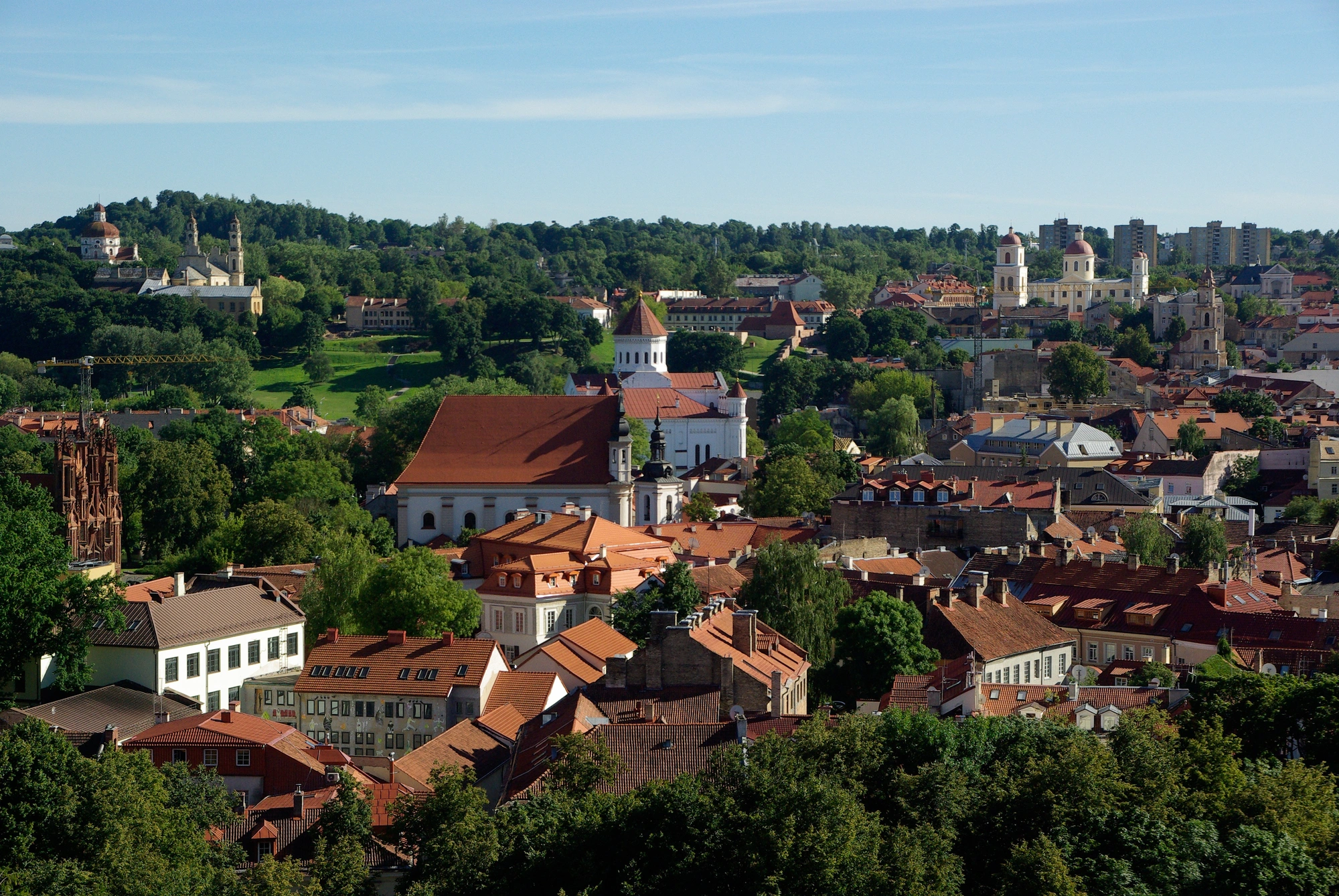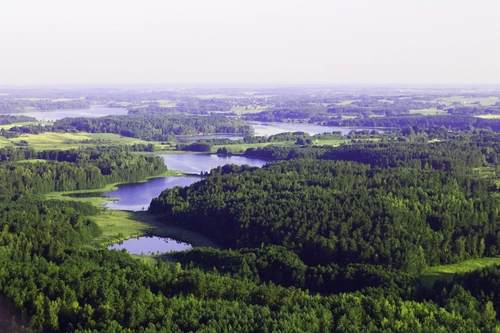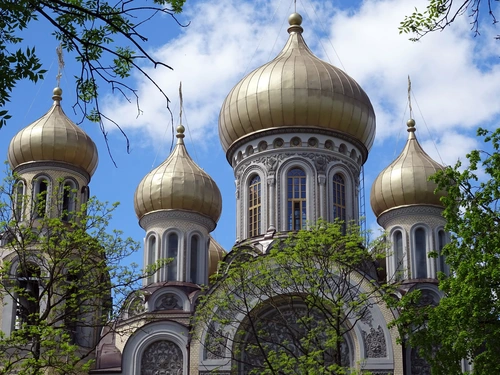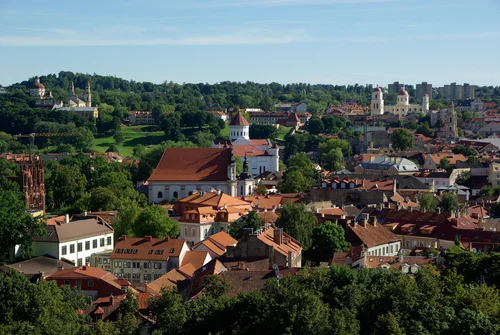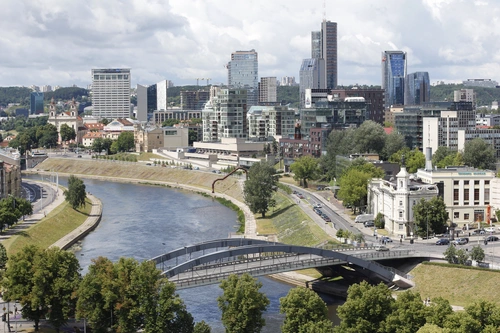Europe
Lithuania
Lithuania, a country in northern Europe, is known for its medieval architecture, beautiful nature, and Baltic coastline. Its capital, Vilnius, houses old churches and a unique blend of Gothic and Renaissance architecture.
Frequently asked questions
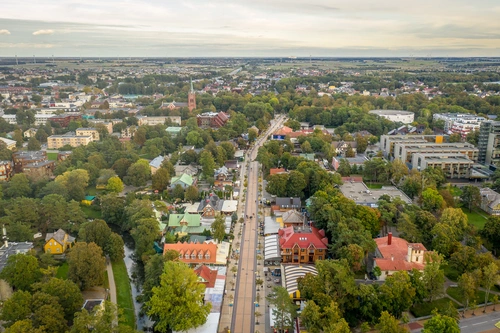
Palanga
Palanga is a famous Lithuanian seaside resort with a rich history on the coast of the Baltic Sea. It is known for having Lithuania's best and busiest beach, beautiful Amber Museum, and lively nightlife along J. Basanavičiaus Street where restaurants, cafes, and concerts cater to tourists.
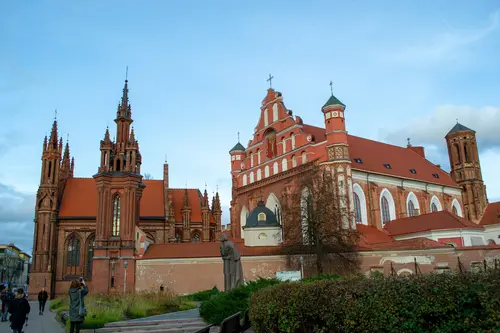
Vilnius
Vilnius, Lithuania's capital, is known for its baroque architecture, seen especially in its old town. But the buildings lining this district’s partially cobblestoned streets reflect diverse styles and eras, from the neoclassical Vilnius Cathedral to Gothic St. Anne's Church. The 16th-century Gate of Dawn, containing a shrine with a sacred Virgin Mary icon, once guarded an entrance to the original city.
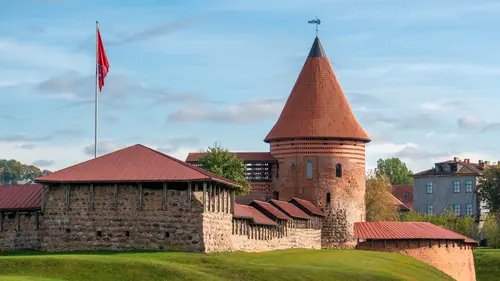
Kaunas
Kaunas is the second-largest city in Lithuania and has historically been a leading centre of economic, academic, and cultural life. Kaunas Old Town is the city's center of attraction with its beautiful architecture. From Kaunas Castle and the beautiful City Hall to St. George the Martyr Church and the Historical Presidential Palace, there is so much to see in Kaunas.
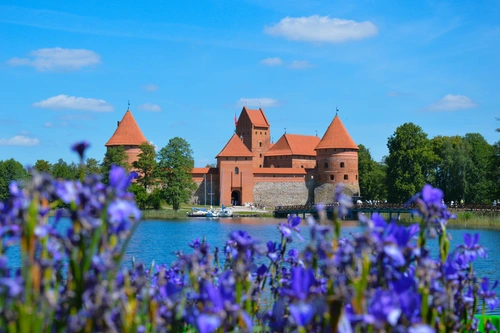
Trakai
Trakai is a historic city and lake resort in Lithuania. It lies 28 kilometers west of Vilnius, the capital. The town covers 11.52 square kilometers of area and, according to the 2017 census, is home to 4,372 people. Trakai is a popular tourist destination known for its castle and yacht club.
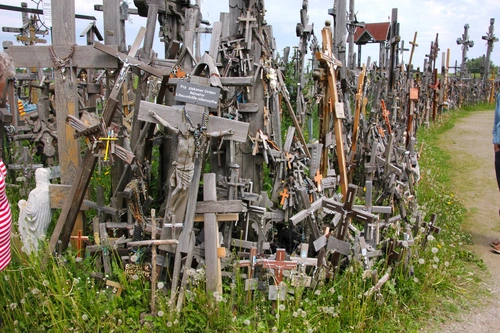
Hill of Crosses
The Hill of Crosses is a site of pilgrimage in northern Lithuania. The precise origin of the practice of leaving crosses on the hill is uncertain, but it is believed that the first crosses were placed on the former Jurgaičiai or Domantai hill fort after the 1831 Uprising.
